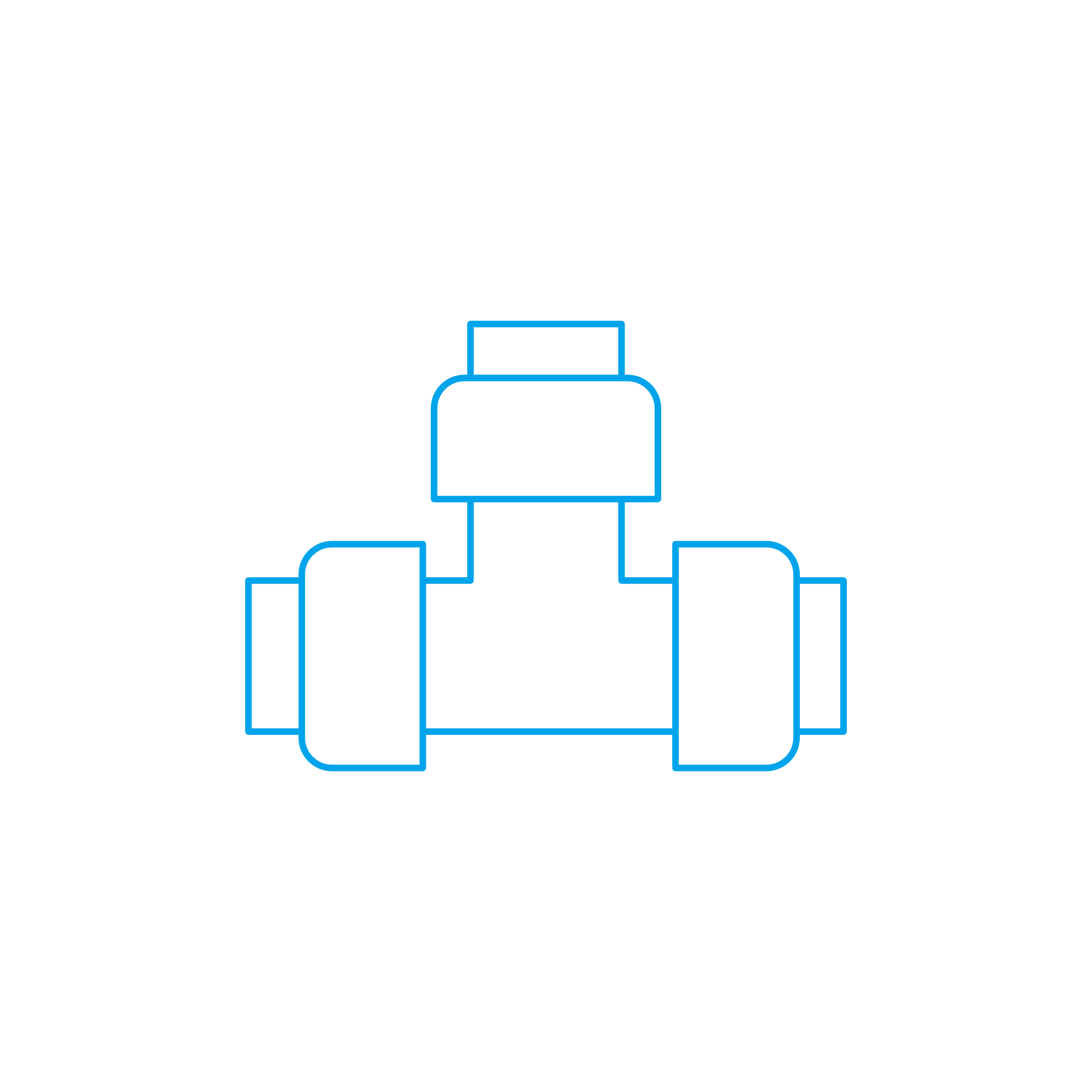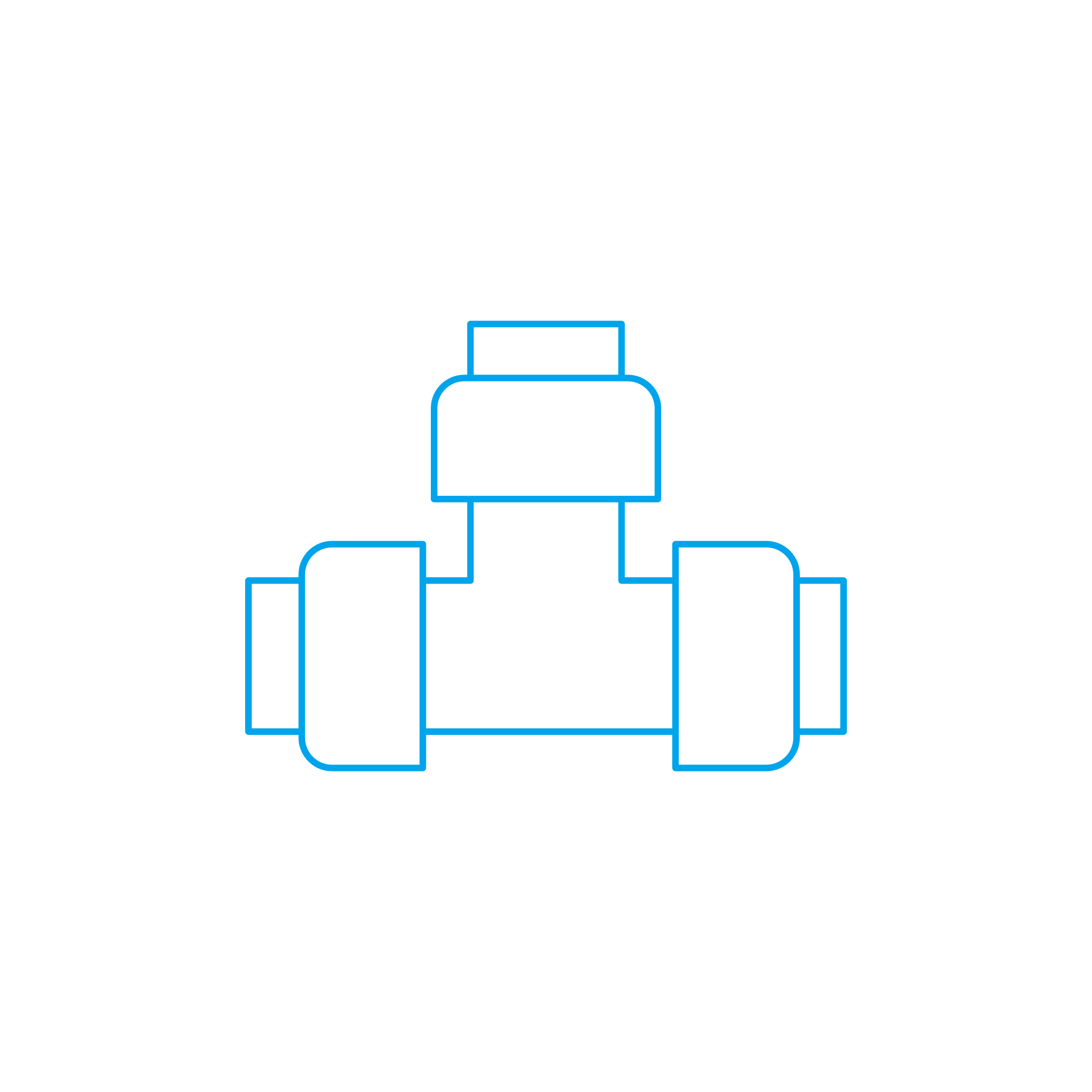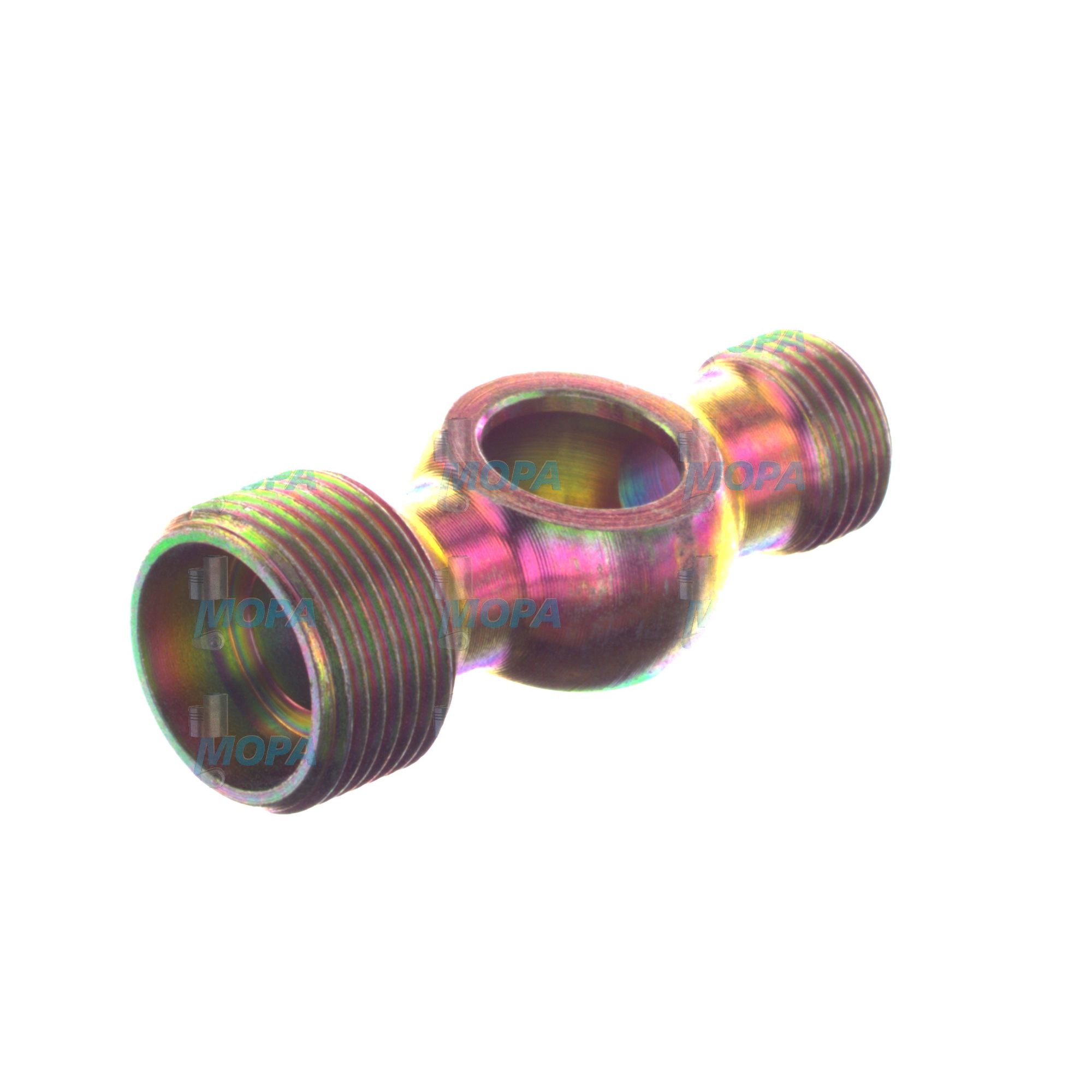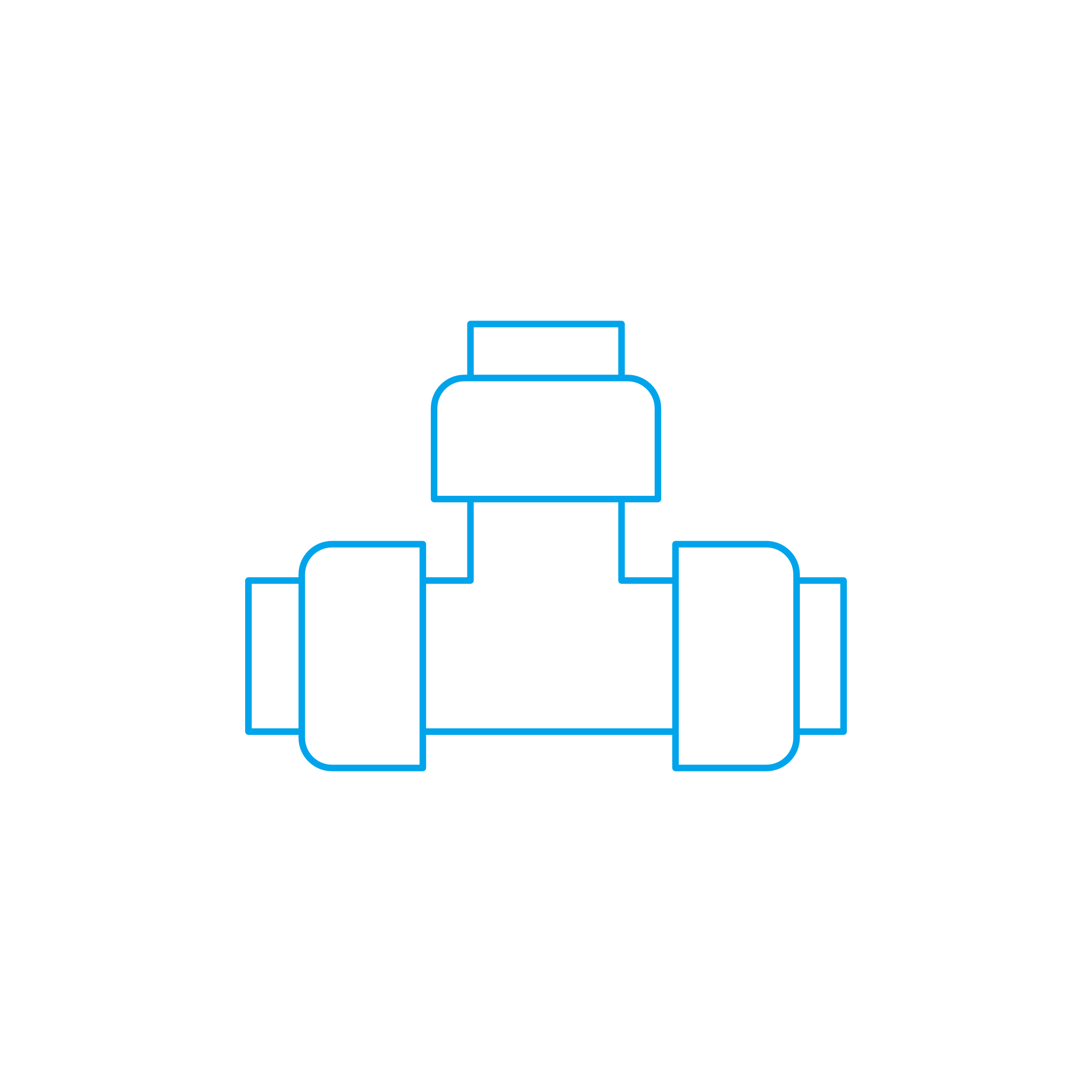TWIN RING UNION Fittings and Armatures for Demanding Engine Applications
Fittings and armatures are the connective tissue of every engine’s auxiliary systems. They link pipes, hoses, valves, and instrumentation into sealed, pressure-resistant circuits for fuel, lube oil, cooling water, hydraulics, and compressed air. In marine and power generation environments, these components must deliver absolute integrity under vibration, thermal cycling, and high pressures. When engineered with a robust TWIN RING UNION concept, fittings and armatures provide leak-tight connections that protect performance, efficiency, and safety across the engine’s entire lifecycle.
From main propulsion to auxiliary gensets, the quality of each coupling, union, and valve seat determines whether an engine system runs cleanly, holds pressure, and meets class and environmental requirements. High-grade materials, precision machining, and proven sealing geometries are the basis for reliability—especially on critical fuel return lines, common-rail leak-off lines, lube oil manifolds, and jacket water circuits.
Technical function of fittings and armatures with TWIN RING UNION connections
In practical terms, fittings and armatures route and control media while maintaining mechanical stability and sealing integrity. A TWIN RING UNION design—often deployed as a two-ferrule or twin-seal geometry—grips the tube with a front and back ring that distribute load, prevent pull-out, and create a gas- and liquid-tight seal. This configuration is particularly valuable in high-vibration zones of a diesel engine or marine engine, where single-point clamping can loosen over time.
In a TWIN RING UNION marine engine fuel circuit, the dual-ring engagement resists micro-movement and fretting, which reduces the risk of weeping at connections and subsequent pressure loss. On a TWIN RING UNION diesel engine lube system, stable sealing preserves pump efficiency and protects bearings from aeration. In cooling water service, precise seating prevents bypass and supports consistent thermal control. Across applications, well-engineered fittings and armatures minimize turbulence, maintain line cleanliness, and simplify maintenance via union-style break points that allow fast component exchange without disturbing adjacent runs.
Material selection is equally critical. Stainless steel (AISI 316/316L), duplex, CuNi for seawater exposure, and high-strength carbon steels are commonly specified. Threads and end forms follow standards such as BSPP, NPT, metric, or flared configurations, while class approvals and pressure ratings (often 250–690 bar for fuel injection auxiliaries; 16–40 bar for cooling water) align with the engine builder’s requirements. For buyers and superintendents, that translates to predictable assembly torque, repeatable sealing, and reduced rework during dry-dock or voyage repairs—especially when sourcing TWIN RING UNION OEM parts matched to the intended tubing and media.
- · Leak-tight sealing under vibration and thermal cycling
- · Dual-ring grip minimizes tube deformation and pull-out
- · Corrosion-resistant alloys for marine atmospheres
- · Stable pressure retention for fuel, oil, and cooling systems
- · Standardized threads and end forms for global compatibility
- · Service-friendly unions for rapid line break and reassembly
- · Traceable manufacturing for compliance and safety audits
Why fittings and armatures are vital for reliable engine operation
Every leak, pressure drop, or misalignment in a fluid system drives up fuel consumption, raises component temperatures, and jeopardizes safety. Deteriorated fittings can cause fuel misting in hot engine rooms (a fire hazard), air ingress into lube circuits (bearing damage), or coolant losses (thermal shock and cracking). Tube galling, ferrule wear, thread damage, and corrosion pitting are common failure modes—often preventable through correct materials and precise TWIN RING UNION assemblies.
Maintained correctly, fittings and armatures preserve system cleanliness and stabilize flow, helping injectors atomize consistently, coolers exchange heat efficiently, and filters run at proper differential pressures. The net effect is longer service intervals, lower unplanned downtime, and predictable operating costs across the diesel and gas engine fleet.
Advantages of OEM spare parts suitable for fittings and armatures
Specifying OEM spare parts suitable for fittings and armatures ensures that critical dimensions, thread tolerances, and sealing geometries match the engine maker’s intent. This alignment is essential to keep torque values, seating angles, and ferrule compression within design windows—especially for TWIN RING UNION OEM parts used on safety-relevant lines.
Performance, reliability, budget, and service life—key benefits
- · Form-fit-function accuracy: consistent clamp load and seal integrity
- · Verified metallurgy: corrosion and temperature resistance as specified
- · Lower lifecycle cost: fewer leaks, less rework, shorter outages
- · Compatibility: correct threads, tube OD/ID, and surface finish
- · Documentation: traceability that supports audits and class requirements
- · Risk reduction: stable performance on fuel, lube, and cooling circuits
For purchasing teams, this means predictable installation, reduced scrap and re-assembly time, and a clear technical basis for compliance on SOLAS- and MARPOL-sensitive systems. In short: the right parts safeguard output, efficiency, and crew safety.
MOPA—your partner for OEM parts: fittings and armatures with TWIN RING UNION focus
MOPA supplies OEM parts for diesel and gas engines with a strong track record in fittings and armatures, including TWIN RING UNION solutions for marine engine and power plant applications. Customers value MOPA’s speed in sourcing time-critical items, consistent product quality, and secure global logistics that protect schedules and budgets. From single unions to complete bill-of-material packages, MOPA streamlines procurement and helps ensure technical conformity across fuel, lube, and cooling water systems.
Conclusion
Fittings and armatures are fundamental to engine performance and safety, and the TWIN RING UNION design elevates sealing reliability in the harsh conditions of marine and industrial operation. Selecting OEM spare parts suitable for fittings and armatures preserves precision, extends service life, and safeguards operating costs—keeping diesel and gas engines running efficiently and safely.






